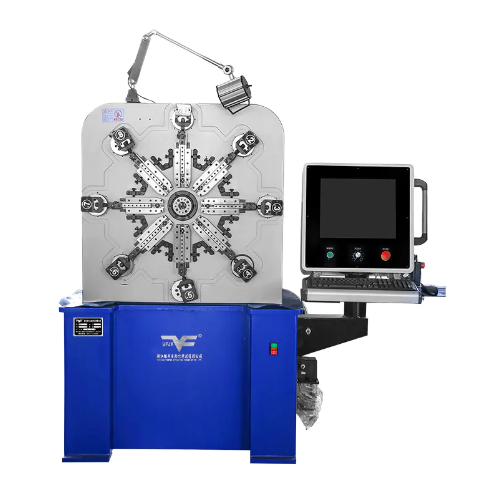CNC spring production has transformed how industries approach component fabrication. Using computer numerical control technology, manufacturers can create springs with high precision and consistency. These springs are used in a wide range of applications, from automotive systems to complex electronic assemblies.
The benefit of CNC technology in spring production lies in its ability to produce custom shapes and sizes with minimal error. By programming specific dimensions and coil patterns into a machine, manufacturers can ensure that each spring meets exact specifications. This level of accuracy allows springs to be integrated into devices that require consistent force and controlled motion.
Another key advantage of CNC spring fabrication is the repeatability it offers. Once a design is set, the system can replicate the same form across hundreds or thousands of units without variation. This consistency is especially valuable in industries where uniformity is crucial to product performance.
Materials used in CNC spring production vary depending on the application. Common choices include stainless steel, music wire, and phosphor bronze. These materials are selected for their resilience, corrosion resistance, and compatibility with the forming process. The CNC equipment can adjust to accommodate the properties of each material, ensuring clean bends and accurate tension.
Beyond technical precision, CNC spring systems allow for efficient production timelines. The automation of coiling, cutting, and shaping reduces manual intervention, minimizing delays and improving throughput. Additionally, quality checks can be integrated into the workflow, helping to identify inconsistencies early in the process.
In sectors such as aerospace, medical devices, and robotics, the use of CNC springs supports both innovation and reliability. As designs become more compact and performance expectations rise, the need for components that deliver consistent mechanical behavior grows. CNC springs serve this demand with predictable function and design adaptability.
Through the integration of digital controls and advanced materials, CNC spring manufacturing continues to evolve. It plays a vital role in meeting the needs of modern engineering and production. This method ensures that springs maintain their functionality over time and under varying operational conditions.
